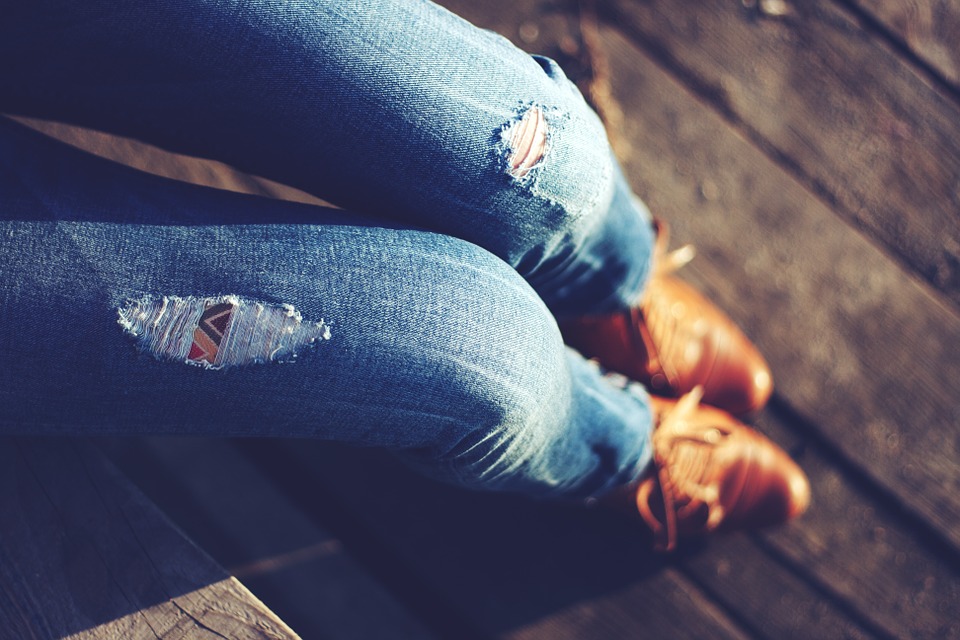
THE MENSTRUAL CYCLE CAN INFLUENCE THE CONDITION OF YOUR SKIN, AND THIS IS WHY IT APPEARS MORE RADIANT AFTER YOUR PERIOD.
Similar as the feminine cycle, your skin seems to follow a month to month mood. On the off chance that Auntie Flo carries with her bulging and peevish skin, the seven days after your period is the point at which your skin seems to have been honored with the inestimable abundance of the sky. And negative, you’re not envisioning it — there is a motivation behind why your skin shows up more invigorated, hydrated and essential during a particular arrangement of seven days. Ahead, a more critical glance at how your skin responds to each period of the feminine cycle and how you might really focus on it as the month progressed:
How the menstrual cycle impacts the skin
For the people who are curious about the periods of the monthly cycle, here’s a convenient update: follicular stage — the follicles in the ovaries experienced, prompting the development of an egg — followed by ovulation when the full grown egg is let out of the ovary and the luteal stage when the body gets ready for expected pregnancy. On the off chance that the egg isn’t treated, monthly cycle happens. “Our skin responds to this cycle like the remainder of our body,” makes sense of restorative dermatologist Dr Rashmi Shetty, and adds, “The indications of the skin through a lady’s period are to a great extent reliant upon two chemicals: estrogen and progesterone.” The chemicals are impartial in the underlying period of the period and as an outcome, the skin stays nonpartisan and quiet too.
The real reason why your skin always glows after your period
Estrogen, quite possibly of the main chemical, remains consistent through the underlying period of the monthly cycle, topping during the ovulation stage and slowly settling post ovulation. Progesterone, then again, rises a little later in the feminine cycle, especially during the luteal stage, she makes sense of. “During the ovulatory stage, by virtue of a flood in estrogen, the skin is more brilliant and gleaming in what has been named as the ovulatory shine. Estrogen likewise impacts the melanin animating chemical (MSH) which changes the shade of your skin. Progesterone, then again, animates expanded sebum creation. This is the reason when progesterone spikes post ovulation, the skin gets marginally oily and you will quite often encounter skin break out breakouts. For the individuals who have dry, disturbed skin, redness can be exacerbated too,” she expounds.
How to care for your skin during the menstrual cycle
Understanding the rhythmic movement of chemicals during the period can propose a few helpful pointers on the best way to really focus on your skin as the month progressed. Dr Shetty agrees, “During the seven days of your period, the skin will in general feel more dry and delicate as progesterone and estrogen are at their most reduced. Utilizing a lotion and creams with hyaluronic corrosive is valuable during this stage. Furthermore, at times, chemical changes during the feminine cycle can cause adjustments in the emission of the sebaceous organs, prompting oil develop under the skin. Subsequently, purifying is a significant stage in your skincare routine during your periods.”
At the point when progesterone begins to spike, she suggests going after oil lessening or engrossing items on the skin. “At your dermat’s office, enjoy strips that guide in controlling sebum creation. Be that as it may, stay away from substance strips or medicines like collagen recovery medicines and lasers which use heat, as they might invigorate your oil organs further. A long time before your period, your skin likewise encounters indications of bluntness because of the absence of progesterone. Search for lotions with quieting specialists like calamine and calendula or settle on hydrafacials in the week preceding feminine cycle,” she closes down.
POST A COMMENT
You must be logged in to post a comment.















